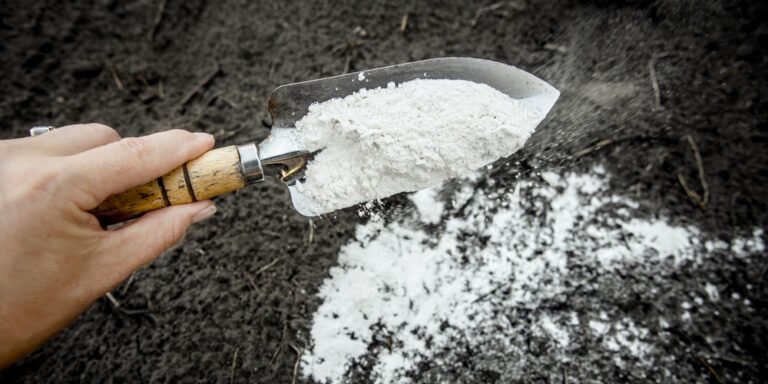In the heart of New Zealand’s scenic Hill Country, where lush pastures meet rolling landscapes, lies a crucial yet often overlooked factor in farm management—liming. Dr. Gordon Rajendram, a prominent Hamilton-based Soil Scientist, emphasises the pivotal role of lime application in transforming agricultural outcomes. This article explores the multifaceted benefits of liming, drawing on Dr. Rajendram’s expertise and insights garnered over years of scientific research.
Increased Pasture Production
The primary objective of lime application in agriculture is to boost pasture production. By elevating soil pH, lime catalyses a cascade of effects on major and trace elements, including nitrogen, calcium, magnesium, molybdenum, manganese, boron, zinc, and aluminium. Dr. Rajendram notes that lime has a ‘phosphate sparing effect’ under specific conditions, enhancing the availability of essential nutrients. Furthermore, liming improves soil physical structure and moisture retention. The positive impact extends to soil fauna, particularly earthworms and nitrogen-fixing bacteria, working synergistically to significantly increase pasture production.
Scientific Trials Proving the Power of Lime
Over the last six decades, extensive scientific research, including trials by M.A.F., D.S.I.R., and universities such as Massey and Lincoln, has underscored the profound impact of lime on pasture production. Trials in Northland, such as the Kamo, Waiotira-Gunson, and Lovegrove trials, revealed substantial increases in production ranging from 15% to an impressive 31% through liming. These trials, conducted on diverse pasture types, showcase lime’s versatility in enhancing productivity across varied farming conditions.
The trials in Northland have enabled the prediction of pasture responses based on initial soil pH and lime application quantity. Dr. Rajendram emphasises the importance of reaching an optimum pH level (6.0-6.2) promptly for enhanced pasture responses. Figures derived from the Lovegrove trials provide a visual representation of pasture responses across a pH range, offering farmers insights into expected outcomes based on their specific conditions.
Improving Soil Moisture and Structure
Liming, as Dr. Rajendram explains, plays a crucial role in increasing soil moisture levels, particularly after rainfall in March-April. The Whatawhata Hill Research Centre showcased a tripling of herbage yield within two years through lime application, emphasising the significant impact on soil moisture content. Farmers have long acknowledged the positive influence of lime on heavy soils, as it reduces stickiness, lightens cultivation, and facilitates the breakdown of clods. Dr. Rajendram attributes these improvements to increased bacterial activity, promoting organic matter decomposition and soil crumb formation, with a notable indirect benefit being the substantial increase in earthworm numbers and activity.
Earthworm Activity and Beneficial Effects
Casting earthworms, vital for soil health, respond favourably to liming as it supplies essential calcium, leading to increased earthworm production and activity. Trials indicate significant increases in earthworm numbers, with the potential to double or even triple infiltration rates of rainwater. Earthworms, integral to nutrient recycling and improved soil structure, contribute to a 72% increase in spring pasture production. Their activities enhance water infiltration, reduce runoff, erosion, and flooding, and increase nutrient availability in the soil. Liming emerges as a catalyst for the proliferation of beneficial earthworm species.
Financial Challenge
While the benefits of liming are unequivocal, Dr. Rajendram acknowledges the challenges faced by New Zealand farmers. Many Hill Country farms grapple with alarmingly low soil pH levels, impacting pasture production and clover growth. The cost of lime application, especially through aerial methods, poses a financial barrier. Dr. Rajendram urges farmers to adopt a long-term plan, combining lime and fertiliser application within budget constraints.
Soil and Pasture Testing
The solution, Dr. Rajendram asserts, lies in comprehensive soil and pasture testing. Understanding the specific mineral needs of the soil enables informed decision-making, ensuring optimal lime and fertilizer application. Expert advice, aligned with a strategic plan, becomes paramount in addressing soil acidity and fostering sustainable farming practices.
Contact Dr Gordon Rajendram
021 466077
rajendram@xtra.co.nz
www.gordonrajendramsoilscientist.co.nz
Contact Phillip Quay
027 458 7724




